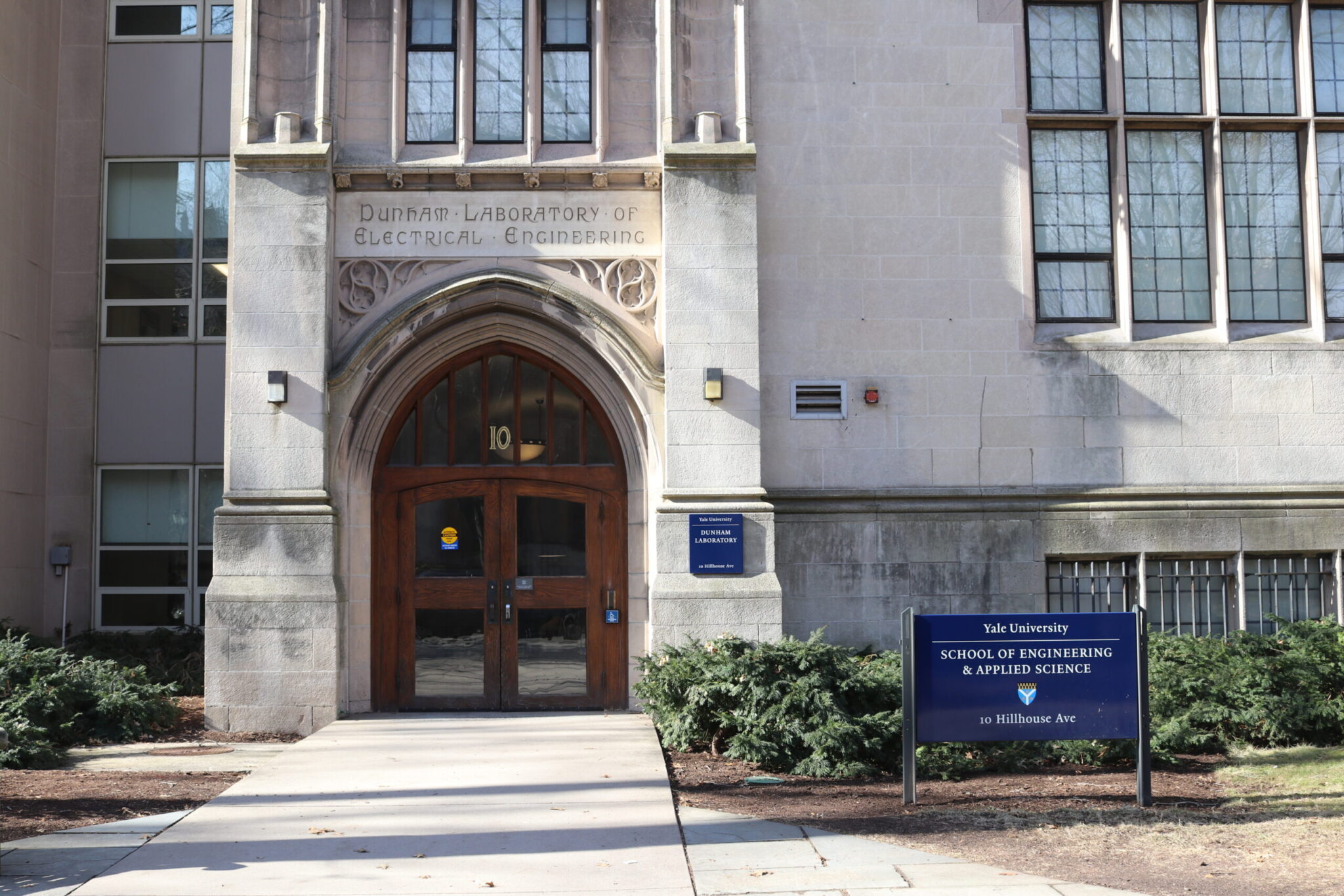As SEAS expands, students and faculty question future of pure sciences at Yale
As the University expands its engineering and applied sciences initiatives, administrators say that the pure sciences will continue to see major investments, despite faculty concern.

Yale Daily News
New developments in the applied sciences on campus have raised questions about the future of pure sciences at Yale.
Yale has thrown the full weight of its administrative and financial support into the School of Engineering & Applied Science in the last year. Last week, the University announced the development of a new SEAS quadrangle as part of an overhaul of lower Hillhouse Avenue. This follows the recognition of SEAS as an autonomous faculty body by administrators last March, as well as a University promise to renovate and construct new SEAS buildings as well as to add dozens of new faculty to the School.
These developments raise questions from faculty and students over the future of non-applied sciences — or pure sciences — at Yale, which are generally studied not with the goal of immediately achieving a practical purpose, but rather with the goal of building foundational understandings of various disciplines.
“What we advertise is the application piece [of science],” Faculty of Arts and Sciences Dean of Science and physics professor Larry Gladney said. “I think we can’t forget that we should also be advertising [pure sciences] to our alums and to the general public, that we still need these repositories where pure science which is just curiosity driven and does not have an immediate impact that people can see as well, because we are one of the few places that can do it.”
Gladney explained that there are faculty members at Yale who are creating new techniques and approaches to address fundamental problems in science, but that they often do so without an “immediate goal in mind.” The frustration, Gladney said, is that it can be difficult for the public to appreciate the importance of fundamental scientific developments, even when they are crucial to the development of application-based technologies.
“The World Wide Web came purely not out of Microsoft or Apple, but of experimental particle physics,” Gladney said.
But several administrators told the News that in spite of new SEAS projects, Yale is not neglecting the pure sciences. University President Peter Salovey pointed out that the first major science facility opened in recent years is the Yale Science Building, which has largely been a home to foundational science research.
He added that the largest investment Yale will be making in STEM in the upcoming future will be the Physical Sciences and Engineering Building, which will mostly house research laboratories in the foundational sciences and will cost approximately $350 million.
Still, faculty and students have noted an increased administrative focus on the applied sciences.
“In recent years, I feel that the applied sciences have taken greater prominence [than the pure sciences] as Yale has re-affirmed its commitment to SEAS and bolstered existing institutional support for the applied sciences,” Russell Yang ’25, who is majoring in electrical engineering and computer science, told the News. Yang also noted that he believed “pure sciences benefits when applied science flourishes.”
One mathematics professor, who has been granted anonymity due to professional concerns, told the News that they felt as though the pure sciences have been “pushed away” from Hillhouse Avenue to make way for new engineering and applied science projects. As someone who specializes in the pure sciences, the professor will have to move into Kline Tower, where the math, statistics and astronomy departments, as well as a portion of physics faculty, will soon share.
Math professor Yair Minsky told the News that if he had a choice in the rearrangement of departments, he would have put the Math, Statistics and Data Science and Computer Science departments all together in its own building, which to him would have “made more scientific sense.” Instead, he said, while Math and Statistics and Data Science will remain close after the move, both departments will be at an increased distance from Computer Science.
In spite of the increased attention on the applied sciences, Yang told the News that he believed that Yale is distinguished from other more engineering-centric universities by the idea that “everything should flow from the first principles.”
“In my engineering classes, I’ve noticed a concerted effort from professors and peers to build up complex concepts from the foundational ones,” Yang said. “Very rarely is the application taught without the theoretical backing.”
SEAS was announced as an independent school in 2008.







